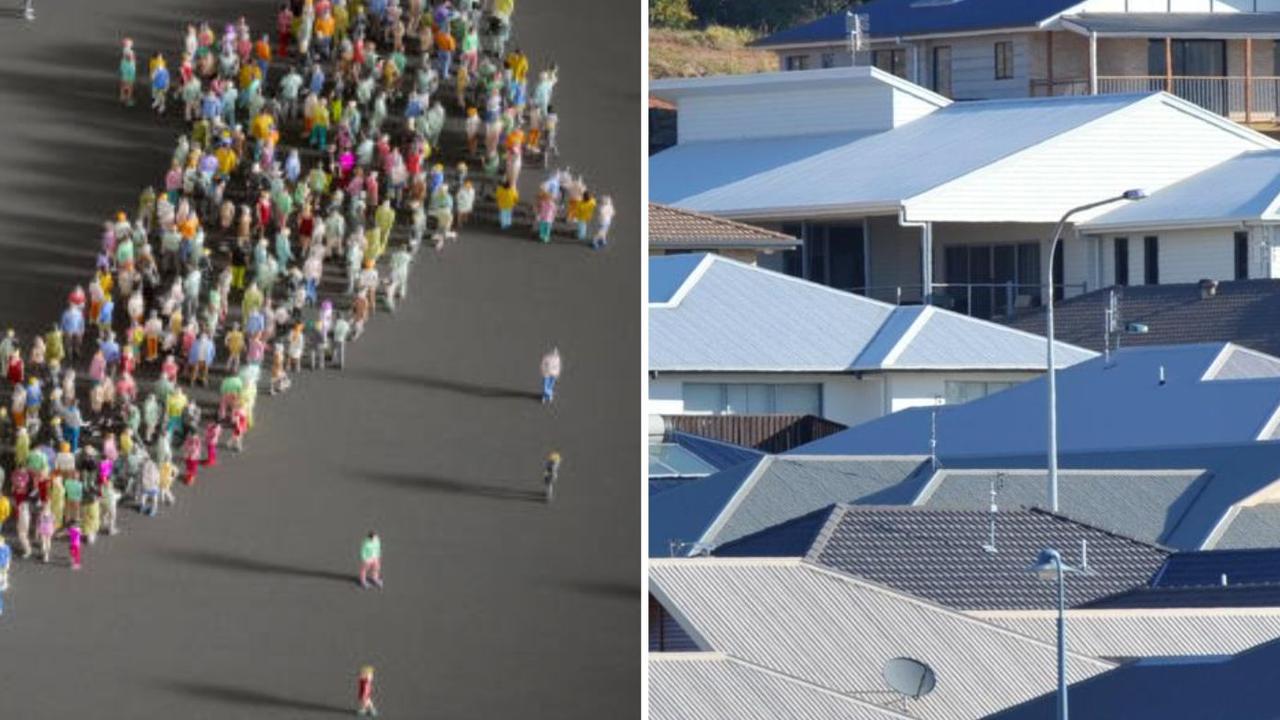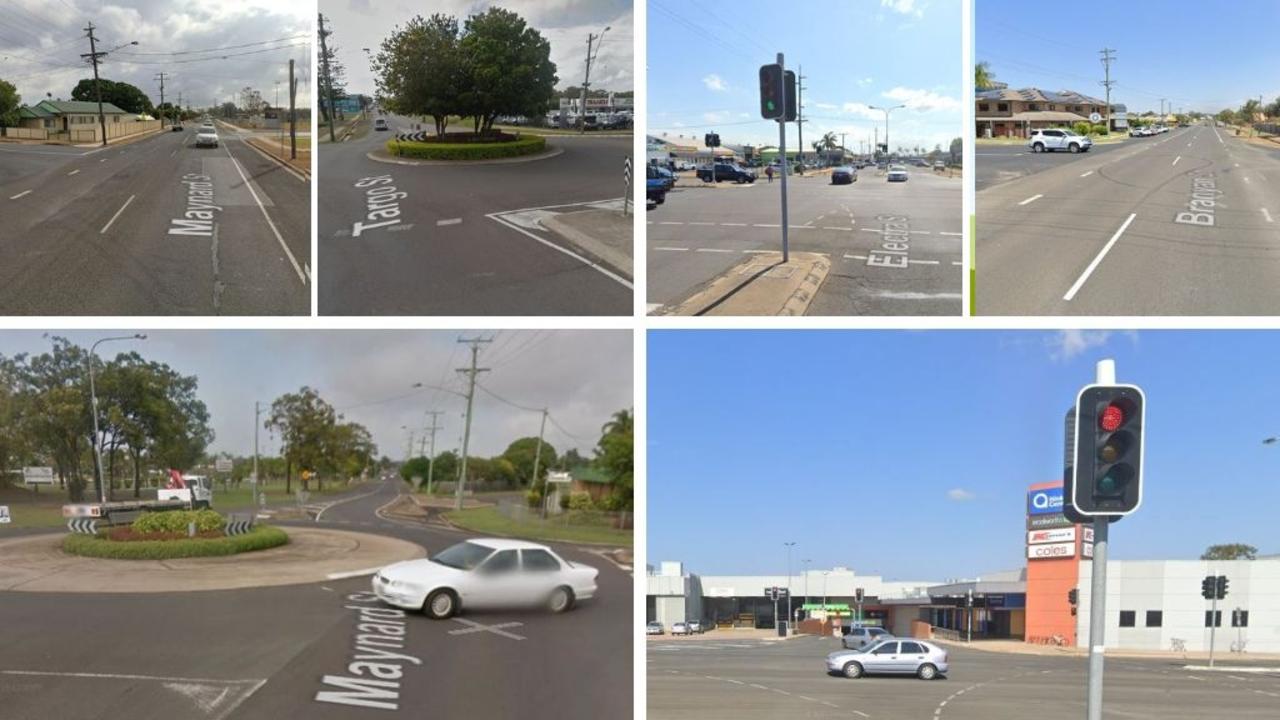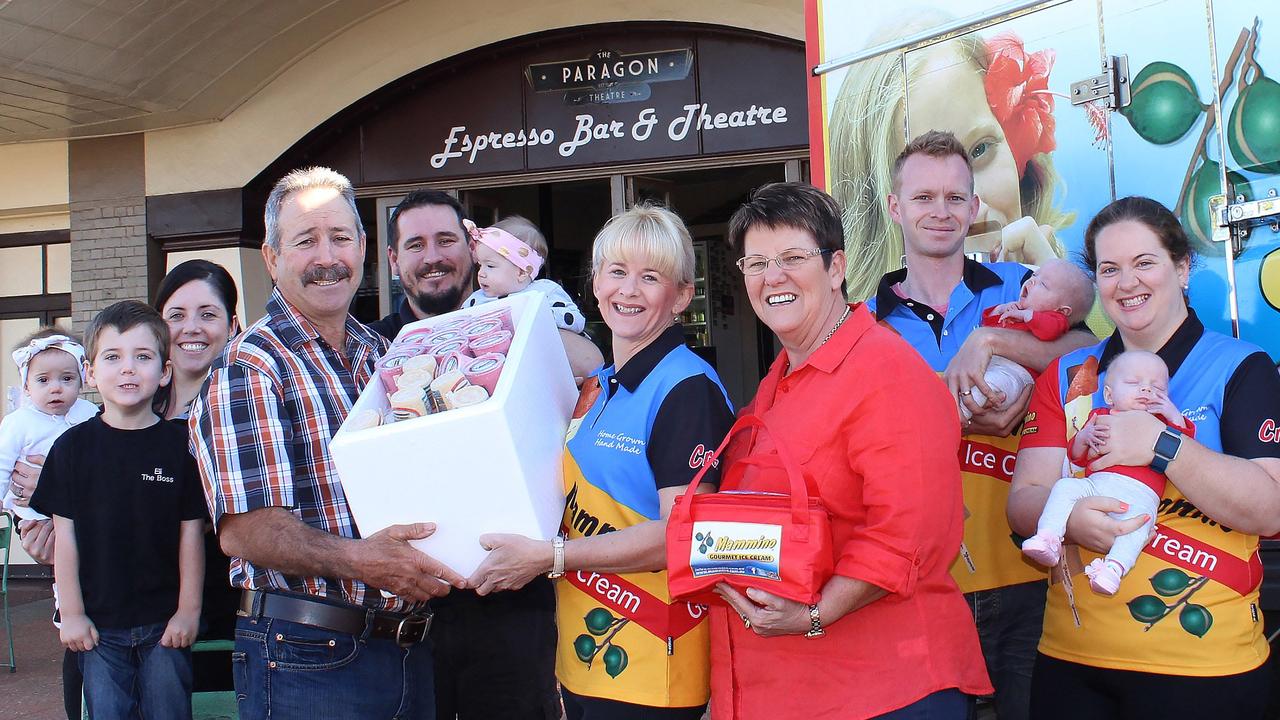New report shows skyrocketing growth fuelling Wide Bay housing crisis
A new government report reveals which Wide Bay cities are recording the highest population growth in Queensland as the region’s appeal to retirees and southerners puts added pressure on the housing crisis. SEE BREAKDOWN.

Community News
Don't miss out on the headlines from Community News. Followed categories will be added to My News.
A new report has confirmed Wide Bay’s status as the fastest growing area in regional Queensland, with jobs growth and housing struggling to keep pace with the skyrocketing population.
Released in December, the 2023 edition of the Population growth highlights and trends report from the Queensland Government’s statistician’s office showed the population of Wide Bay grew by 6810 people in 2021-22, the largest increase outside south-east Queensland.
The new residents took the Wide Bay population to 317,500, with the 2.2 per cent increase making it the fastest growing area in regional Queensland, followed by Mackay–Isaac–Whitsunday (1.6 per cent) with Cairns and Central Queensland tied for third (1.4 per cent).
The primary driver of the population growth was people moving to Wide Bay from other parts of Qld or interstate, with the 6080 increase from migration almost double the number of people moving to the other regions combined (3210 people).
Fraser Coast had the largest growth in Wide Bay (up 3010 people), with the 2.7 per cent increase making it the fastest growing LGA in regional Queensland followed by Livingstone (2.6 per cent) and Gympie (2.3 per cent).
Bundaberg’s population grew by 1980, an increase of 0.9 per cent, the majority of which came from inter- or intrastate (1,620 people) followed by overseas migrants (370 people).
The rapid growth meant Wide Bay contributed 6.5 per cent to the overall population growth of Queensland, outstripping east, west and south Brisbane and Moreton Bay in addition to all other regional areas.

A breakdown by age group reveals an ageing population in Wide Bay, with more than 27 per cent of residents aged 65 years or older.
The ageing trend is most marked in the retirement haven of the Fraser Coast, with a staggering increase of 21,553 people aged 65 and older in the region since 2001.
With so many retirees moving to the region, there was only a small increase to the unemployment rate in Wide Bay in 2021-22 (0.5 per cent), but the rate of 6.3 per cent was the second highest in the state behind only outback Queensland.
But the growing demand for housing is one of the primary drivers for the housing crisis in the region.
Recent PropTrack data showed Wide Bay had the lowest rental vacancy rate in regional Queensland, and the fourth lowest in the state behind north and south Moreton Bay and Sunshine Coast.
In October the Real Estate Institute of Queensland said the Fraser Coast city of Maryborough had barely any new rental opportunities with a rental vacancy of just 0.4 per cent.
MORE NEWS:
‘They want it to look good ’: Homeless moved on weeks before Xmas
Watch: Tragic end to search as second woman found dead in river
More Coverage
Originally published as New report shows skyrocketing growth fuelling Wide Bay housing crisis









